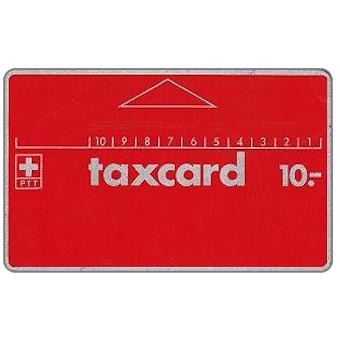The small state located in central Italy issued the first telephone cards by Telefonia Sammarinese in 1994. It was a set of three Urmet cards, like those used in Italy, with the small corner to…
Serbia, 1997
After the dissolution of Yugoslavia, the Republic of Serbia had joined Montenegro forming the Federal Republic of Yugoslavia, a name that in 2003 became the Union of Serbia and Montenegro. Following the referendum of 21…
Slovakia, 1993
Following the separation from the Czech Republic, on January 1, 1993, Slovakia began issuing its telephone cards, the first of which in the same month; it was a 50-unit card with a circulation of 20,000…
Spain, 1981
The prepaid public telephone system began in Spain in 1981, using the Landis & Gyr optical technology cards. The first two cards produced had both a scale of 120 units, but the cost per unit…
Switzerland, 1982
The small country in the heart of old Europe has used the Landis & Gyr optical system for over 15 years, before moving on to chip cards. The first card produced was a definitive of…
Ukraine, 1994
Ukraine became an independent nation in 1991, after the dissolution of the Soviet Union, of which it was previously a republic. In that year, in the city of Yalta two Ascom Autelca magnetic cards were…
USSR (Soviet Union), 1988
The first telephone card used in the Soviet Union was a magnetic test card provided by GPT to Comstar in 1988, which was used to demonstrate the functioning of the card telephone through communications between…
Vatican City, 1992
The Vatican City State, born in 1929, is the smallest sovereign state in the world, both by population and by territorial extension. The first telephone card was produced by Urmet and issued in 1992 with…
Yugoslavia, 1989
The first trials of a card-based telephone system began in 1985, using magnetic cards supplied by the Swiss Autelca. The cards were the standard testcards, with the codes formed by the letter "D" followed by…











